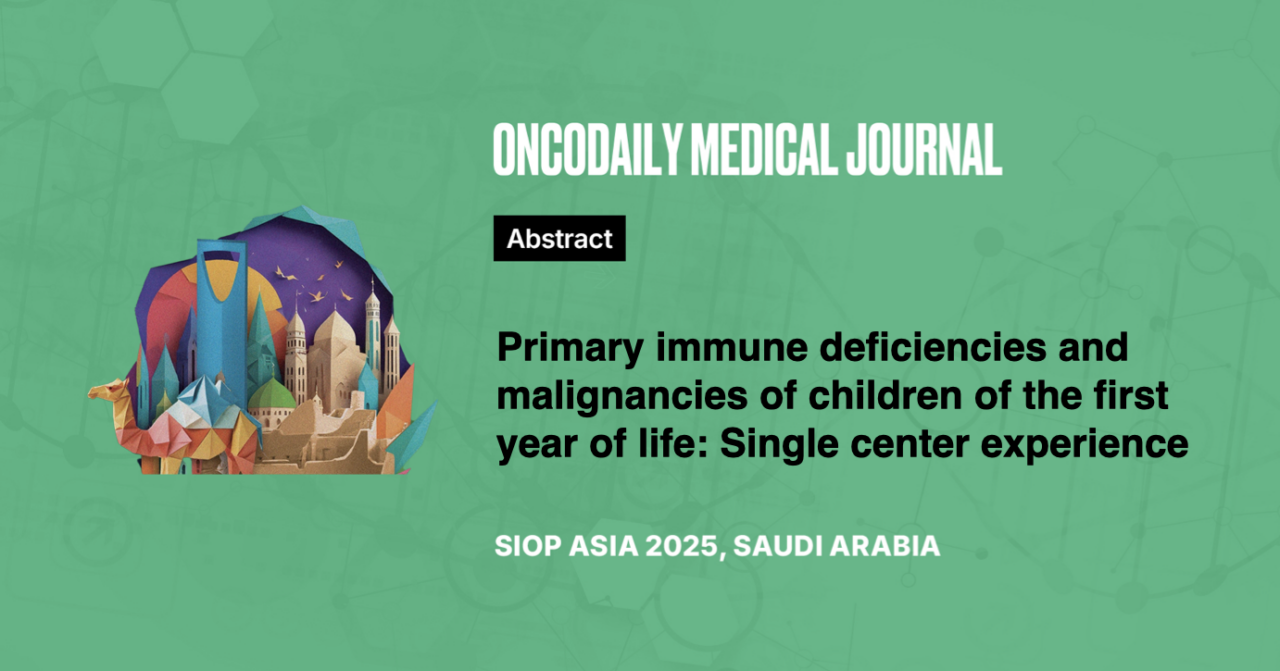Primary immune deficiencies and malignancies of children of the first year of life: Single center experience
Abstract
Introduction: Children of the first year of life with malignancies are a special group of patients. Combination of primary immune deficiency (PID) with malignancies is rare, but more often in children of the first year of life. We aimed to present our experience in diagnostics and treatment of patients with both malignancies and PIDs.
Methodology: Twenty two patients were included in the analysis. These patients were treated in Lev Durnov Research Institute of Pediatric Oncology and Hematology of Nikolay Blokhin National Medical Research Center of Oncology in 2023-2024. Twelve were females and 10 – males. Median of age of diagnosis was 0.8 months (8 days – 12 months). Most of the patients (42.1%) were diagnosed with neuroblastoma. Other diagnoses: soft tissue sarcoma (9.1 %), retinoblastoma (9.1%), GCT (9.1%) and others (39.6%). For all patients NGS panels for PIDs were made.
Results: Clinically significant mutations were found in 3 patients (CARD9, GATA2, PTPN11), in 3 cases – no clinically significant (CASP10, MYH9, PIK3CD). All patients with clinically significant mutations are alive, 1 patient received allogenic HSCT. All patients with both significant and non-significant mutations presented a severe course of disease and complications.
Conclusion: Combination of PIDs and malignancies in children in the first year of life is rare, but significant situations require rapid actions such as change of therapy (stop, modification, HSCT). Large multicenter studies required.





